Complete description of wheat cultivation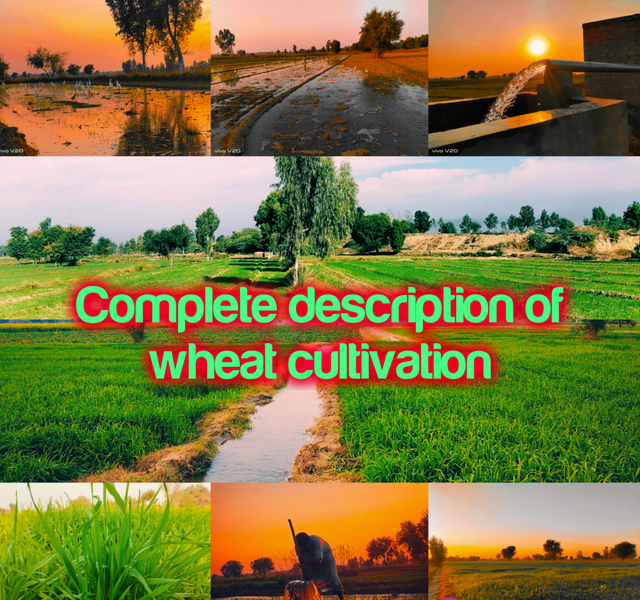
Complete description of wheat cultivation
Cultivation of wheat
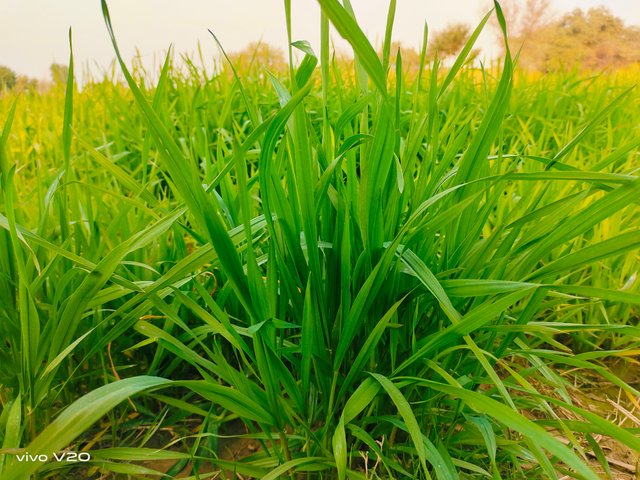
30th November to get higher yield of wheat per acre. The yield per acre of wheat harvested after November 30 is reduced by about 12 to 16 kg per day. The yield per acre of wheat planted in early January is reduced by about 50%.
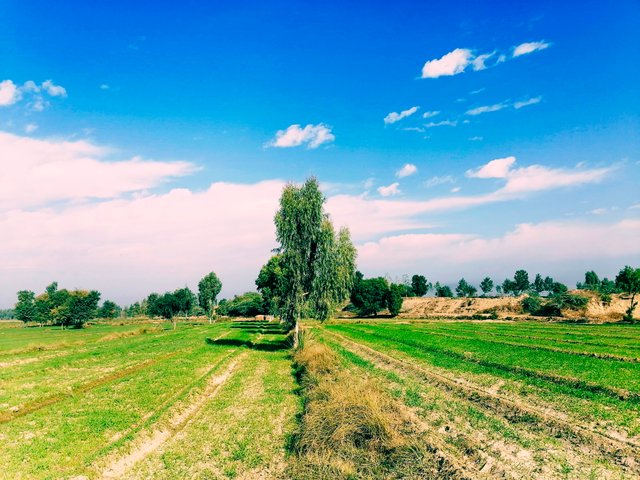
Fertilizers Nutrient Use for Wheat Crops
80 kgof nitrogen, 32 kg of phosphorus and 91 kg of potash are used to produce 80 kg of manure per acre. In medium soils it is recommended to apply nitrogen, phosphorus and potash at 25-3-4 kg per acre respectively. But in weak soils 25-4-4 kg per acre is recommended
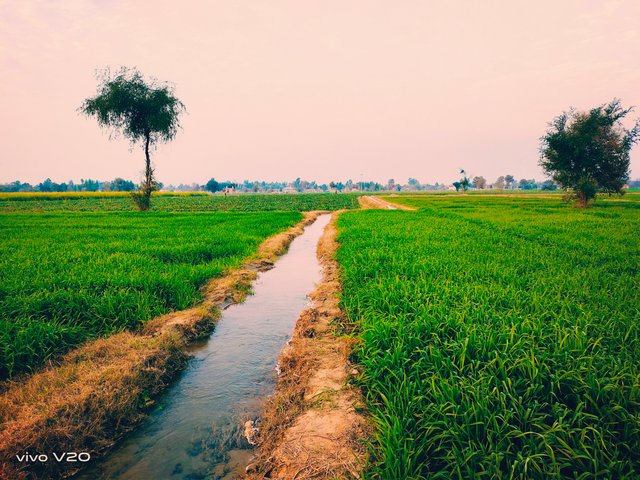
Factors Affecting Fertilizers
.jpeg)
Apart from the natural fertility of the land and the differences in climate, there are many factors such as the nature of the crop, the time of cultivation, the type of cropping, the soil structure and the types of wheat. By the variation of which the amount of fertilizers can be reduced. Factors affecting the amount of fertilizers are detailed below
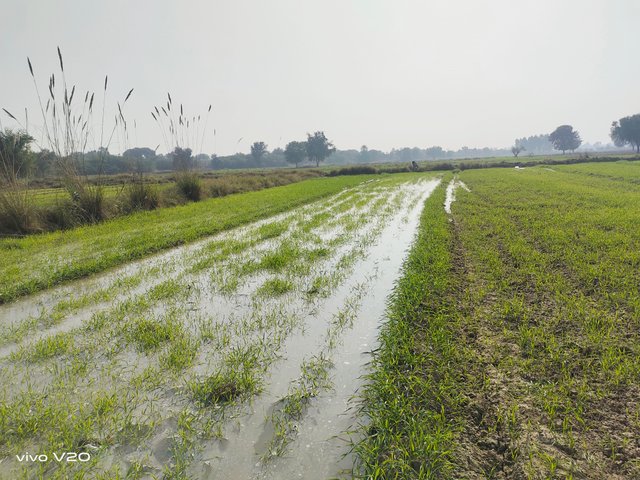
Soil Fertility Gap 1
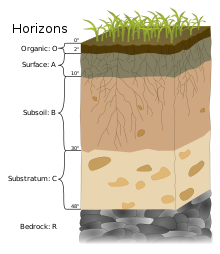
Naturally more fertile soils require less fertilizer. Whereas less fertile soils require more fertilizers.
Difference of Texture) ground texture 2
Sandy and light soils require heavy and frequent fertilization. While in heavy mine lands it is slightly less needed.
Earth health gap 3
Kalrathi soils require heavy and frequent fertilization. While in healthy and temperate soils, its requirement is slightly less.
Cultivation time difference 4
Early and early spring wheat require slightly less fertilizer. While most of the late grown crops require more fertilizers.
.jpeg)
Crop pressure and sequence differences 5
If the cultivation of other crops is continued and the land is not left bare, more fertilizers are required.
Method Usage Difference 6
The amount of fertilizer applied along the lines of wheat is less, while more fertilizer is required in the case of spreading across the field.
Cultivation method difference 7
.jpeg)
In case of drill cultivation, less amount of fertilizer is required. Whereas in the case of sowing seeds, more fertilizer is required. Under tillage method after paddy: Fertilizer is applied along with the wheat seed which makes it more available to the crop. On the contrary, if 3-4 mans of fertilizer is mixed with thousands of mans of soil after sorting, its effectiveness is reduced.
Difference between rain and climate 8
Hotter and more humid conditions usually require more fertilizer. Whereas in temperate, cold and dry climates and where adequate rainfall is assured, less amount of fertilizer is used. Similarly, low rainfall area requires less and high rainfall area slightly more fertilizer.
Availability and distribution of water 9
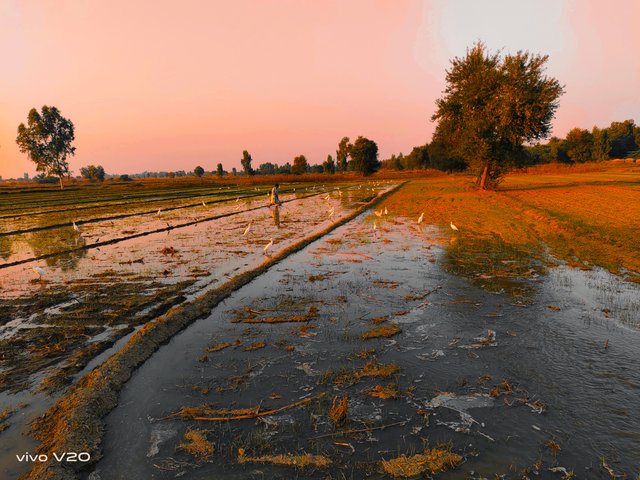
If canal water is available in abundance, less fertilizer is used for many crops. Whereas, in case of less water availability, more amount of fertilizer is used. Even if urban sewage water is underutilized, consumption is low. Continuous tubewell irrigated lands often require more fertilizer. While in the case of canal water, less quantity of certain fertilizers is used. eat give
Herbs and poisons 10
If there is an abundance of weeds in wheat kitchen fields, if there is no intention to spray herbicides, then more fertilizers have to be used. Whereas in clean fields less amount of fertilizer is used. The main reason for this is that a certain part of the added food is consumed by the weeds. Some poisons inhibit the growth of wheat and the formation of redundant spikes. Therefore, wheat that has been treated with Vittoran or Efiniti on ISO can tolerate more fertilizer. This poison is also available in wheat as food. Therefore, in such a case, work can be done with less urea fertilizer.
Nature of types 11
Because the productivity of certain types of wheat is high. Therefore, they require more fertilizer. Sahar Iqab, Faisalabad 2008, Punjab 2011 are more demanding varieties.
Use of organic fertilizers 12
In the case of using manure or compost, the use of fertilizers, especially urea, is reduced by 10 to 20 percent. The quantity of chemical fertilizers can be increased or decreased according to the nature and quantity of the soil.
Abundant production can be achieved by watering the wheat crop three to four times, agricultural experts
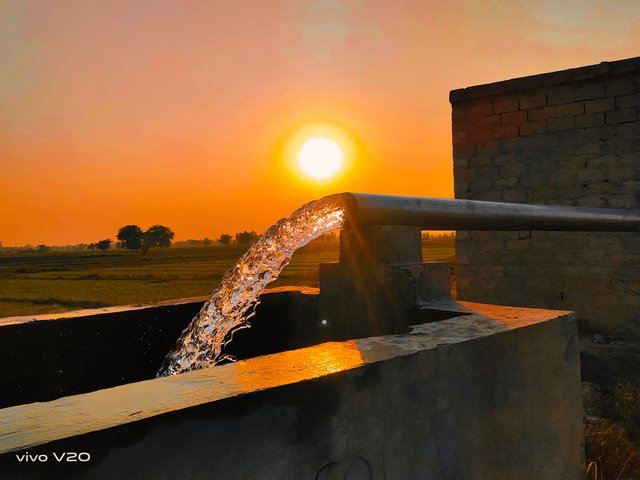
20to 25days after planting, so if water is not given at that time. 
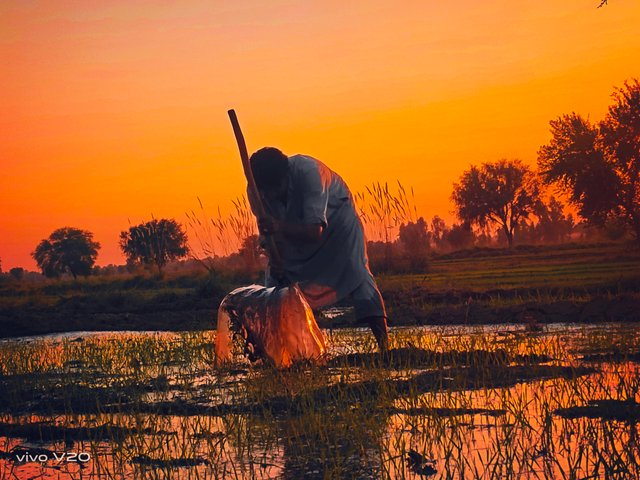
80 to 90days, so if the crop lacks water at this stage, irrigation should be done. The process is affected, due to which less grains are formed in the stalks and the production is reduced. If given, the grain remains weak. He said that the fourth irrigation is done when the weather suddenly warms up. He said that the farmers can also contact the agronomists or the field staff of the Agriculture Department for further consultation
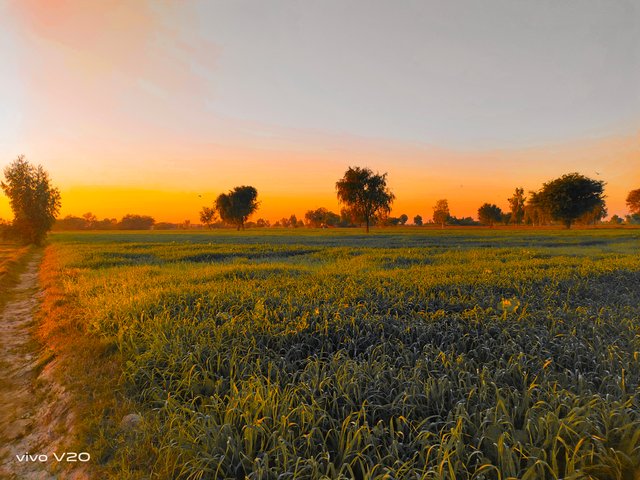
@suboohi @faran-nabeel @malikusman1
@uzma4882 @sualeha

Thank you, friend!


I'm @steem.history, who is steem witness.
Thank you for witnessvoting for me.
please click it!
(Go to https://steemit.com/~witnesses and type fbslo at the bottom of the page)
The weight is reduced because of the lack of Voting Power. If you vote for me as a witness, you can get my little vote.
Downvoting a post can decrease pending rewards and make it less visible. Common reasons:
Submit
Hi, @tahirazaman
Thank you so much for sharing your post at #steem4pakistan community. We are extremely happy to see your post.
Review:-
Regards,
Faran Nabeel
Downvoting a post can decrease pending rewards and make it less visible. Common reasons:
Submit
The effort u put in this post is visible.
The photos are taken very artistically especially the tubewell one with sun is looking more attractive to me.
Downvoting a post can decrease pending rewards and make it less visible. Common reasons:
Submit